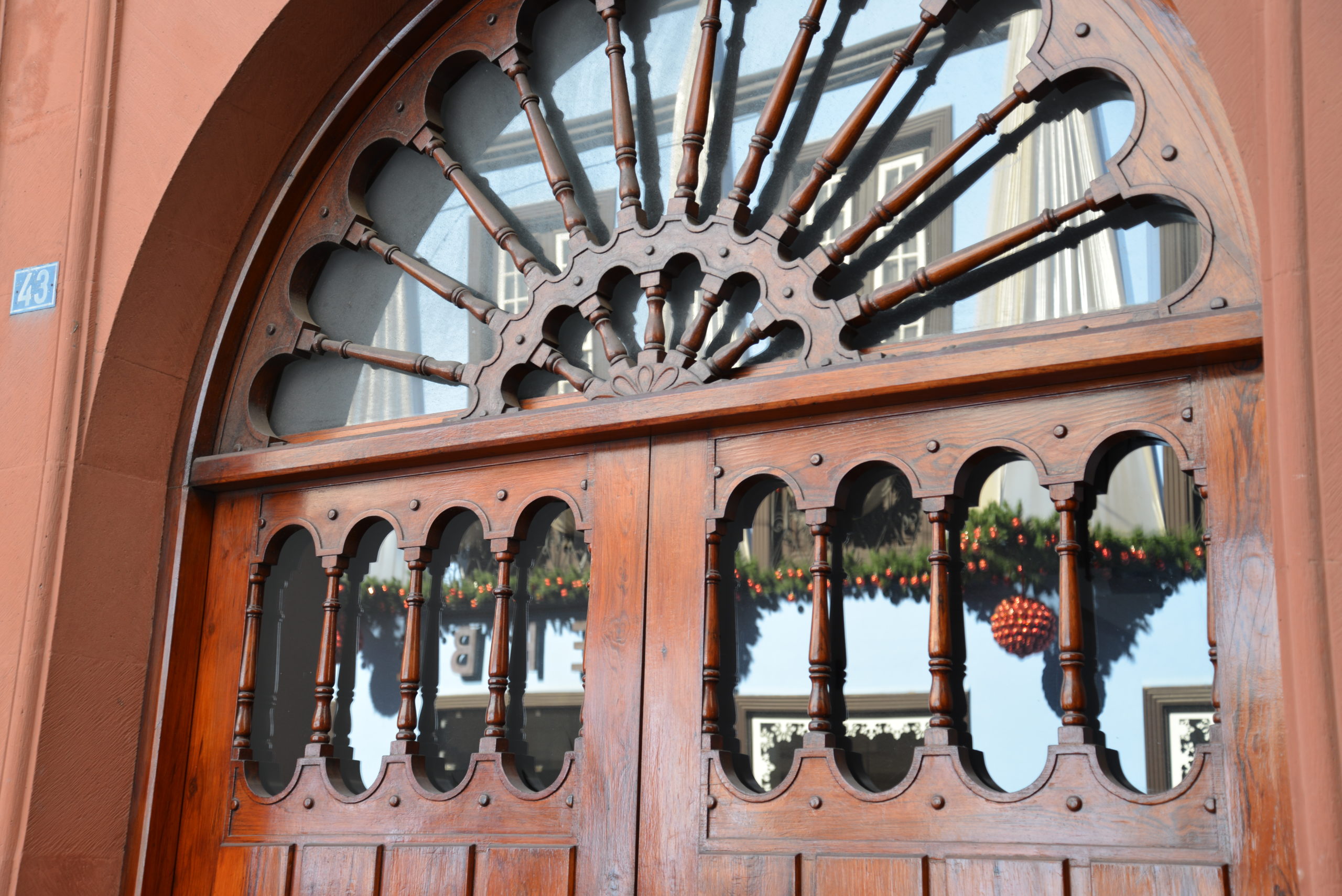Once built to be a king’s city and capital of the island, the elegant San Cristóbal de la Laguna greeted us with a dead stop in a traffic jam, despite it being 1pm. Fortunately, the main street (if it was a main street, it had a tram) offered a chance to park and walk further. Why don’t they organize all crowded streets this way? Jam? Stop, park, walk. On some subtle level I am reminded of Torino – probably because of the city train and the street being an anfilade of shops with a sidewalk under an overhanging side of the building.
The pedestrian-friendly center is alive with street performers, artisans working next to their tables with merchandise and colorful crowd. There’s quite a few beggars, too. We stop for a minute to listen to a band of, like, a hundred people playing all kinds of instruments and singing a Christmasy tune (to a lively Latin rhythm, of course).
We make a small circle around the pedestrian streets, make an attempt to buy churros which almost ends up with buying draught beer for all of us (their signage was more to blame then Lidia’s Spanish) and finally buy ice-creams and milkshake from a young lady who uses us to practice her “spasibo”. According to her, Russian tourists are in abundance here, although we don’t spot any.
Then we jump back in the car and the adventure starts.
Anaga is breathtaking, not in quite so literal and brutal way as Teide, it is simply stunning. The road dives into a cool green forest and only pops out of it again to show you sights that are just unforgettable. We drive on (and on, and on) stopping here and there and eventually swing off the main road to the village of Las Carboneras to take a walk and to much on some ham. The village looks like there’s no more than a hundred people living there, but there’s a proper miniature town square next to a proper church (which is about the size of a bus).
On we go. As we ascend back to the main road, the clouds start rolling in from the ocean and soon we are on a mystic mountain pass which could inspire several Tolkiens. The road clings to the tops of the mountains and winds around them; some passes are swiped over with clouds which fly up from the north and tumble over the road and on into the abyss.
Once we move closer to the north-eastern corner of the island, the road starts going down and finally we reach the last point on the planned route: the Casa Africa diner in the Taganana village, which is apparently famous for its fried squid. It is a family that runs the place which looks so that only a recommendation makes you want to go in. There is no menu, all they want to know is how much squid you can consume. No, of course they also have fried tuna (no, sorry, no tuna left) and tortilla española, which is also great. As we finish our meal, they’ve already started to bolt down the windows and the women are sitting down right in the dining hall to peel a gigantic box of garlic.
The drive back is a crazy switchback road with quickly goes from insane to suicidal. It’s a good thing that it was already pitch-black dark and we couldn’t see over the railings.
Glorious last day at the island!
